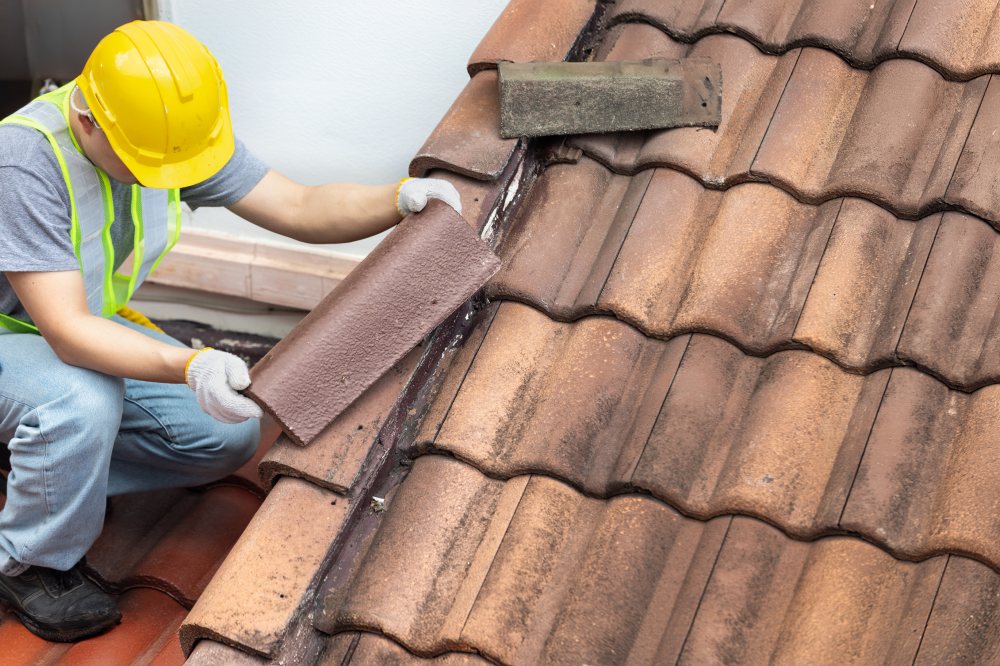Replacing a roof is one of the most significant home improvement projects a homeowner can undertake. While the process may seem daunting, understanding what to expect can help reduce stress and ensure a smoother experience. A well-planned roof replacement not only protects your home but also enhances its appearance and value. Here’s a detailed guide to what happens during the roof replacement process, from preparation to completion.
Choosing a Roofing Contractor
The first step in any roof replacement project is selecting a reliable contractor. The right professional will provide high-quality workmanship, use durable materials, and adhere to local building codes. Begin by researching local roofing companies, reading reviews, and obtaining multiple quotes to compare pricing and services. For example, https://maumeeriverconstruction.com/roofing/angola-in/ or another roofing company can offer expertise tailored to your region’s climate and building standards. Ensure your chosen contractor is licensed, and insured, and provides a detailed contract outlining the scope of work, costs, timelines, and warranties.
Open communication with your contractor is key. They should walk you through the materials available, discuss your preferences, and provide recommendations based on your budget and aesthetic goals.
Preparing for the Roof Replacement
Once you’ve selected a contractor, the next step is preparing your home for the project. Roof replacements are noisy and disruptive, so it’s important to plan accordingly. Clear your driveway to allow workers easy access to materials and tools, and move vehicles to protect them from falling debris.
Inside your home, remove wall hangings and secure fragile items, as the vibrations caused by construction can dislodge objects. Cover items in your attic with plastic sheeting to protect them from dust and debris. If you have children or pets, consider arranging alternative accommodations for them during the project to minimize stress and ensure their safety.
Your contractor will also take steps to protect your property. This may include placing tarps over landscaping, setting up a designated debris area, and ensuring proper waste disposal. Working with an experienced roofer Bloomfield ensures these precautions are handled with professionalism, giving you peace of mind throughout the project.
The Roof Removal Process
The first phase of the actual work involves removing your old roof. The crew will strip away the existing shingles or other roofing materials, as well as the underlayment. This step allows them to inspect the roof decking for damage or rot that may need repair before the new roof can be installed.
Removing the old roof typically generates significant debris, so contractors use specialized equipment like dump trailers or tarps to contain the mess. This ensures your property is left clean and safe throughout the project.
If any issues with the decking are found, such as rotted or warped wood, your contractor will replace the affected areas to create a solid foundation for the new roof. Addressing these problems upfront prevents future issues and ensures the longevity of your roof.
Installing the New Roof
Once the old materials are removed and any necessary repairs are completed, the crew will begin installing your new roof. This process starts with laying a waterproof underlayment, which acts as a protective barrier against moisture. Depending on your location and climate, additional layers or ice and water shields may also be applied to provide extra protection. For added durability, consider using a roofing waterproof sealant around critical areas such as flashing, vents, and chimneys to ensure a watertight seal and prevent leaks.
Next, the roofing material of your choice—shingles, metal panels, tiles, or another option—is installed. Each material requires specific techniques and tools, so it’s crucial to work with a contractor experienced in the type of roof you’ve selected. High-quality materials, combined with professional installation, ensure that your new roof is both durable and visually appealing.
Ventilation systems, flashing, and other components are also installed during this phase. Properly functioning ventilation helps regulate attic temperatures and prevent moisture buildup, extending the life of your roof and improving energy efficiency.
Final Inspection and Cleanup
After the installation is complete, your contractor will conduct a thorough inspection to ensure everything meets their quality standards. This includes checking for proper alignment of materials, secure fastening, and effective sealing around chimneys, vents, and other penetrations. A final inspection may also be performed by local authorities to ensure compliance with building codes.
Cleanup is an essential part of the roof replacement process. Contractors use magnets or specialized tools to collect nails and other debris from your property. They’ll also remove any remaining tarps, dispose of waste materials, and leave your home’s exterior looking tidy.
Post-Installation Care and Maintenance
Once your new roof is installed, your contractor should provide you with information about care and maintenance. Regular inspections, especially after severe weather, help identify minor issues before they escalate. Cleaning your gutters, removing debris, and ensuring proper attic ventilation are all critical to maintaining your roof’s condition.
Many roofing systems come with manufacturer warranties that cover defects in materials, as well as workmanship warranties offered by the contractor. Be sure to review these warranties and understand the terms and conditions, as they provide valuable protection for your investment.
Replacing your roof is a significant undertaking, but with careful planning and the right contractor, the process can be straightforward and rewarding. From selecting a reputable company to preparing your home and understanding each phase of the project, being informed ensures a positive experience. A new roof not only protects your home but also enhances its beauty and value, making it a worthwhile investment in your property’s future.
Want to know more ways to manage your work and personal life?
Snag a free workbook and get inspiration on all the ways to love your life even more.
>>Click Here to Discover Additional Strategies for Managing Stress, Anxiety, and Burnout <<









